
Pilates Versus Yoga: What's the Difference?
Yoga and Pilates also encompass breath work, mindfulness, and body awareness. Both also enhance awareness of the present moment, while developing the physical strength and control to advance through a sequence of poses and transitions. Despite their similarities, the two practices are far from interchangeable.
Yoga is a spiritual system that has roots in Indian spiritual and cultural traditions. The physical practice of poses only one aspect of a much larger system of practices designed to purify and energize the practitioner's mental, physical and spiritual being. The ultimate goal is to merge the individual spirit with universal consciousness.
Pilates is a much newer practice, founded by Joseph Pilates in 1925 with the goal of physically rehabilitating weakened soldiers. While it has expanded in scope, the concepts of core strengthening, improving skeletal and muscular alignment, and balancing the body through postural awareness still inform the practice of Pilates today.
How are yoga and Pilates similar?
Yoga and Pilates are systems of movement and breathing that aim to build physical strength and instill a sense of mental calm and peace. The result? Healthy, strong bodies combined with the clarity of mind that allow us to live conscientiously and joyfully.
In both yoga and Pilates, a sense of dedication and commitment is required to advance through the physical challenges. Ultimately, the goal is to move with a sense of effortlessness, grace, and fluidity that enhances the natural structure and physiology of the body without force or strain.
What are the key differences between yoga and Pilates?
There are many differences between yoga and Pilates, from a historical and spiritual perspective but also in the way they teach breathing, core engagement and alignment of the body. While your yoga teacher may encourage full spinal extensions and flexion, pushing to the ultimate range of movement in joints, your Pilates teacher likely focuses more on alignment, containment of the abdominals and ribs to ensure the spine is protected and the abdominals are fully engaged throughout movement, and moving within a smaller range of joint motion.
Can I practice both Pilates and Yoga?
You can certainly do both. Just remember that the technique and teaching may differ, even for movements that appear deceptively similar. For example, a Pilates Bridge is very different from a yoga bridge (Setu Bandha Sarvangasana). In yoga, opening the ribs and lifting the chest up to meet the chin is encouraged. The pelvis is raised as high as is physically possible with the legs and shoulders grounded to encourage as much of a spinal extension as possible. In Pilates, the focus is on articulation of the spine with alignment of the pelvis to the shoulder girdle to enable the deepest engagement of pelvic floor and transverse abdominus muscles (deep core muscles). The Pilates bridge is much more contained, less flamboyant, and the process of entering and releasing the shape is more important than the amount of flexibility exhibited.
How do I know which one is right for me?
For Pilates Anytime teacher Mariska Breland, the switch from yoga to Pilates was driven by the need for a more stable and contained series of movements.
“The reason I switched from a yoga practice to a Pilates practice is because I was always hurting myself in yoga,” she says. “I’d experience either shoulder discomfort or my sacrum would pop out of alignment because I didn't have the stability to safely execute the bendier exercises.”
For Breland, stability is the key to safe movement that is sustainable for life-long health and fitness, though the freedom to flare the ribs and really open the body, as in yoga, still appeals to her.
“Yoga has more of an emphasis on flexibility over stability. In Pilates, we generally are stabilizing the shoulder girdle or pelvis to allow other movements to safely happen.”
Just as you need to sample the chocolate and the vanilla to know which one you prefer, so it is best to try both Pilates and yoga to decide which one gives you the class experience and the results you want. If you have good core strength and awareness of stability, without any major concerns for your back and joints, yoga can be an excellent choice to increase flexibility. If, however, you have a history of joint or spinal discomfort, injury or instability, Pilates is the ideal practice to ensure safe, stable, controlled and precise movements under the tutelage of a qualified Pilates teacher.
Comments
No comments yet. Be the first!
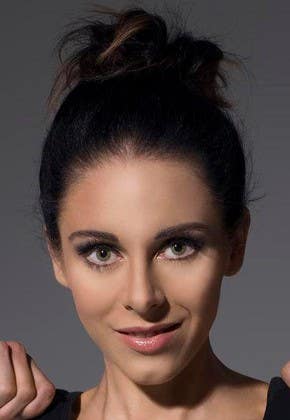
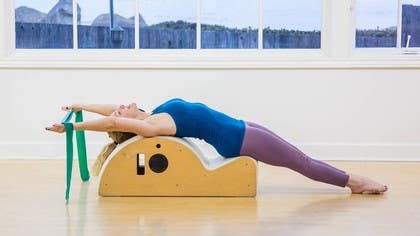
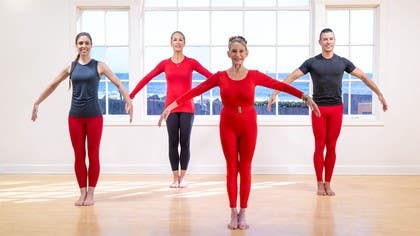
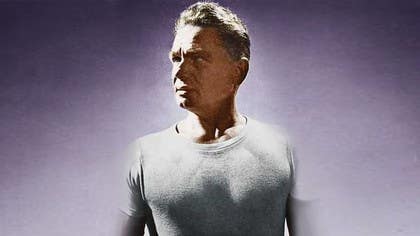
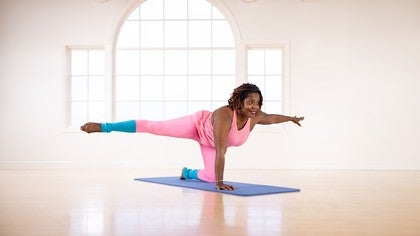
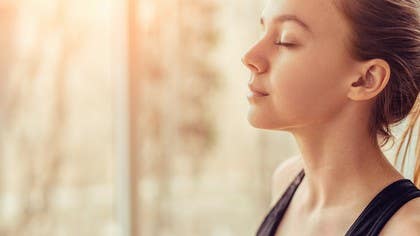







You need to be a subscriber to post a comment.
Please Log In or Create an Account to start your free trial.